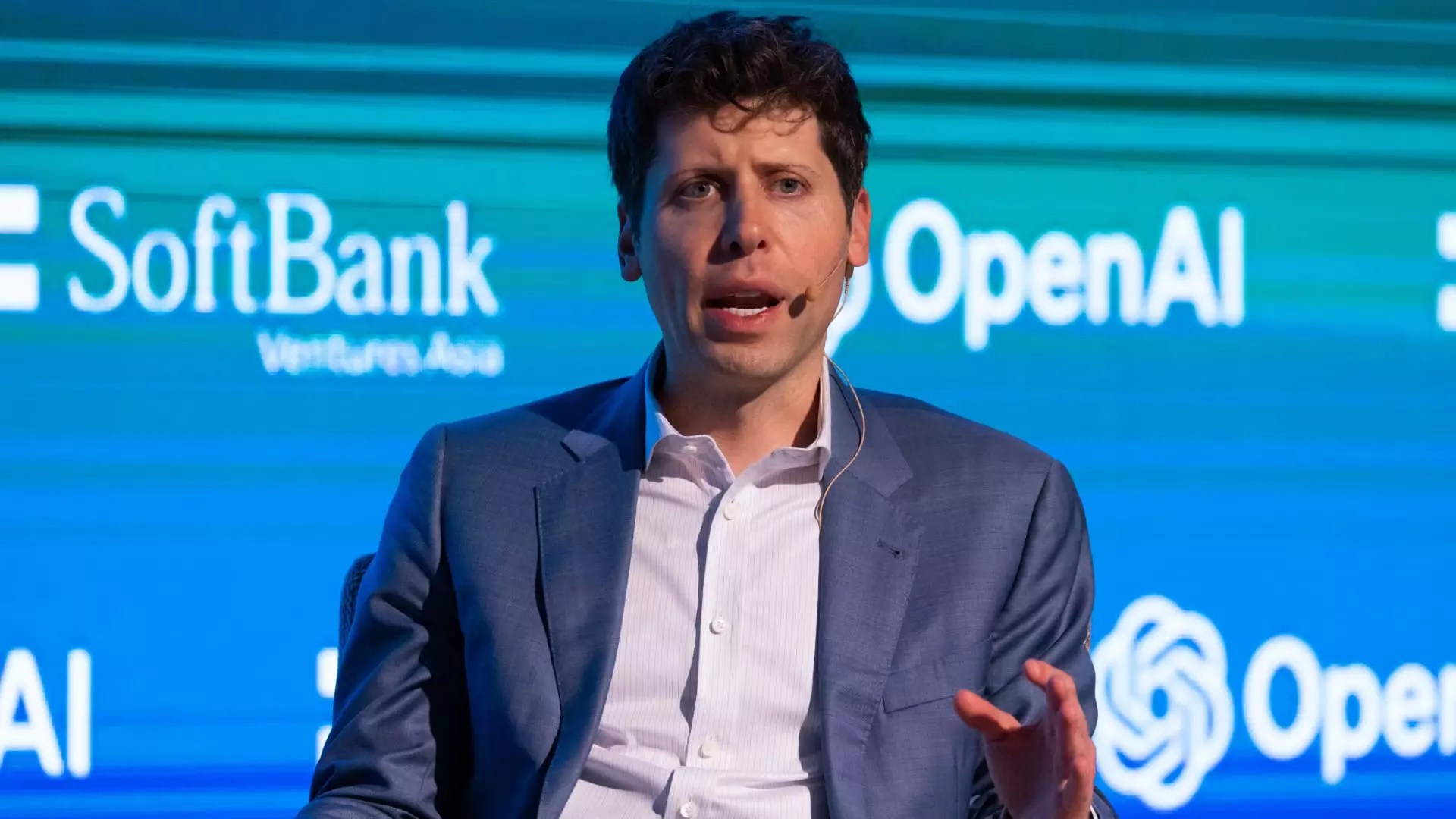In a significant announcement, OpenAI revealed plans to evolve into a public benefit corporation (PBC) by 2025, marking a pivotal transition in its operational and financial model. This restructuring reflects a broader trend among technology companies to leverage capital and resources more effectively in the fast-paced field of artificial intelligence (AI). OpenAI’s board articulated the need for this shift, citing the hundreds of billions currently pouring into AI from major firms as a clear signal of the financial sustenance required to uphold its mission. By removing several nonprofit constraints, OpenAI aims to project itself more like a high-growth startup, which might enable the company to attract the necessary investment and innovate more rapidly.
This new approach is rooted in the staggering valuation of OpenAI, currently pegged at $157 billion—a figure that skyrocketed following the release of its groundbreaking product, ChatGPT. The rapid monetization of its AI technologies necessitated a rethinking of its funding strategies, as traditional nonprofit models may not sufficiently support the company’s ambitious vision. As articulated in communications from OpenAI, conventional equity structures attract investors interested in backing high-potential ventures at this scale, marking a distinct departure from its previous funding approaches, which were more constrained. This acknowledgment of the need for more flexibility in capital raising underlines a crucial competitive edge in an industry projected to surpass $1 trillion in revenue over the next decade.
However, transitioning to a PBC comes with substantial financial realities. Reports indicate OpenAI anticipates losses of approximately $5 billion on revenues of $3.7 billion in the current fiscal year, highlighting a stark imbalance that underscores the urgent need for additional capital. The company relies heavily on high-powered processors—primarily from Nvidia—and cloud services, primarily supplied by Microsoft, to sustain its technological infrastructure. As the competition intensifies, particularly with formidable counterparts like Elon Musk’s xAI, Google, and Amazon, OpenAI must not only attract investments but also ensure that those investments translate into sustainable growth and innovation.
Despite the promising financial outlook, OpenAI is grappling with internal turmoil that poses risks to its strategic direction. High-profile departures from its executive team indicate potential discord regarding the company’s priorities. Key figures, including Chief Technology Officer Mira Murati and others, have left amid criticisms that the pressure to commercialize products has overshadowed essential safety protocols and ethical considerations. The exodus of talent raises questions about the organization’s internal culture and its future direction. Former safety leader Jan Leike’s pointed remarks about the company’s shifting focus highlight a crucial debate within tech firms about balancing innovation with responsible AI deployment.
Adding another layer of complexity, OpenAI faces legal challenges posed by co-founder Elon Musk, who is contesting the nonprofit’s shift to a for-profit entity. Musk’s public denunciation of the organization, characterizing the move as a “total scam,” further complicates the situation by reflecting personal animosities that may influence public perception and investor confidence. This legal battle brings to light questions around governance and stakeholder interests in a domain where ethical considerations are paramount. Musk’s previous involvement in OpenAI has added an ironic twist to the current conflict, with accusations of hypocrisy levied between co-founders over the pro-commercialization stance being adopted.
As OpenAI navigates these turbulent waters, the challenge will be to maintain its original vision of benefiting humanity through AI while adapting to the demands of investors and a competitive marketplace. The decision to pivot toward a PBC structure might allow for greater financial flexibility and innovation but risks diluting the foundational ethos that led to its inception. The company must recalibrate its focus on both profitability and ethical standards, ensuring a culture that prioritizes safety alongside ambition.
OpenAI stands at a critical juncture; its next moves may redefine not just the company but also the broader landscape of artificial intelligence. The balance of profit and purpose will be essential to fulfill its missions while also catering to the rapidly evolving expectations of stakeholders in an industry that is both promising and perilous. The journey ahead promises to be a compelling saga of ambition, conflict, and the inexorable pursuit of progress.


Leave a Reply